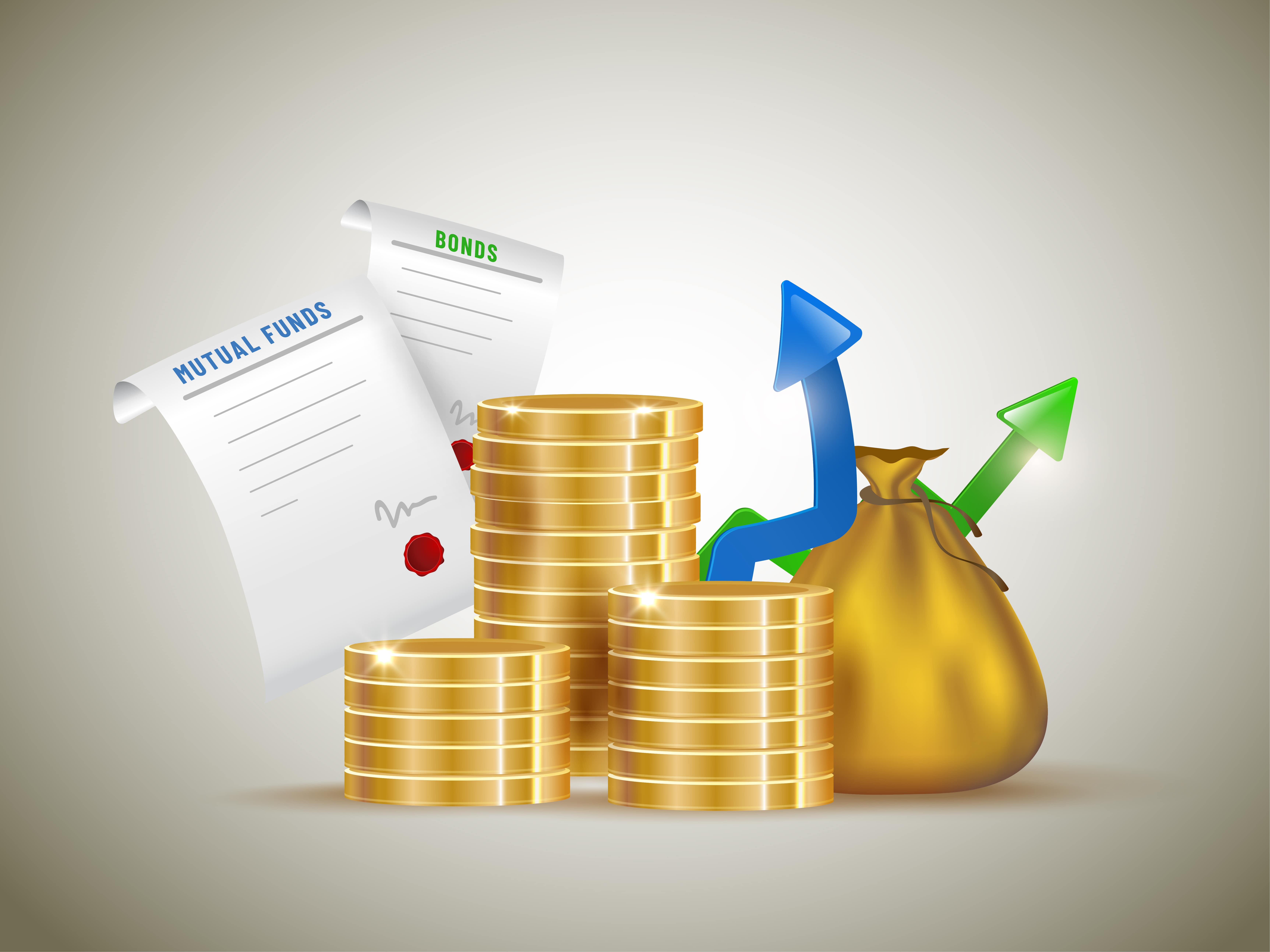Realise the benefits of Asset Rebalancing
Asset re balancing is one of the most useful, though often ignored practices in the world of investing. It requires you to abandon a simplistic approach to equity and fixed investment options. Instead of seeing it as a black and white binary choice, you need to appreciate the range of possibilities both equity and debt open up for you when taken together.
For mutual fund investors, it is relatively easy to implement the practice of moving funds from debt to equity and vice-versa. Here, debt funds play the role of lending stability to a portfolio, a function whose importance equity investors often underplay.
Based on the time horizon of your financial needs and your risk tolerance, decide to allocate a fixed proportion of your investments to equity and to fixed income. Then once every year or so ‘rebalance’ your portfolio. What this means is that if the allocation between debt and equity funds has veered away from your desired ratio, you then shift money from one to the other in order to attain that percentage again.
When equity is growing faster than fixed income – which is what you would expect most of the time – you would periodically sell some equity investments and invest the money in fixed income so that the desired level is restored. When equity starts lagging, you periodically sell some of your fixed income assets and move the money into equity. This implements beautifully the basic idea of booking profits and investing in the beaten down asset. Inevitably things revert to a mean, so that when equity starts lagging, you would have already moved some of your profits to a safer asset.
The real benefit of this is seen only when the markets start falling and the value of your equity portfolio starts declining. Even though the equity portion of this portfolio would fall when the market falls, the equity profits that have already been moved into debt funds will not fall.
Implementing this concept can be challenging for some as it requires you to revisit your portfolio every once in a while and buy and sell funds as required. If this is too hands-on for you, an easier way to achieve the same result would be through investments in Balanced Funds (also called hybrid funds), which do the rebalancing for you.




